In brief, the difference between SD vs MicroSD cards is that SD cards are the older standard with a theoretically lower maximum capacity, but are much more prevalent in cameras and larger devices, while MicroSD cards are more common in phones and smaller devices.
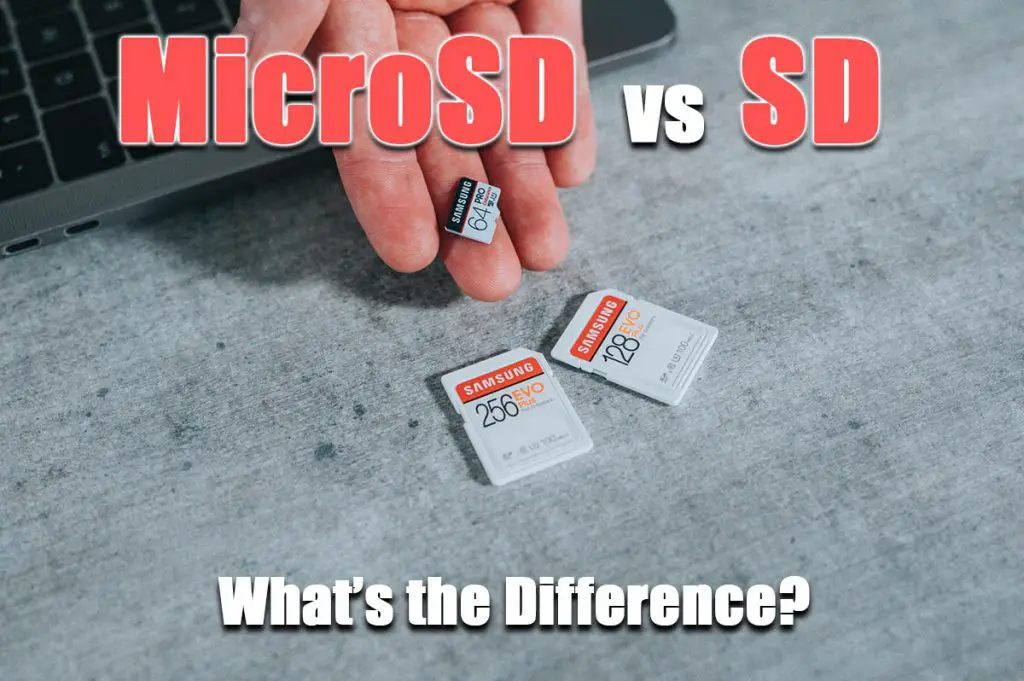
SD vs MicroSD: Usage and Application
SD and microSD are two kinds of memory cards that you can insert into your devices for functional storage purposes. Technically, while both the cards are similar to each other in terms of what they do, there are a few differences between them in terms of their usage and application.
For instance, while SD cards were developed and launched in 1999 to offer secure digital memory storage options, microSD cards came a bit later (in 2004) using more advanced technology.
Much smaller in size, micro SD cards began to be and continue to be utilized in various kinds of devices that require more advanced and larger applications and functionality.
MicroSD cards were initially known as T-Flash or TransFlash.
Size
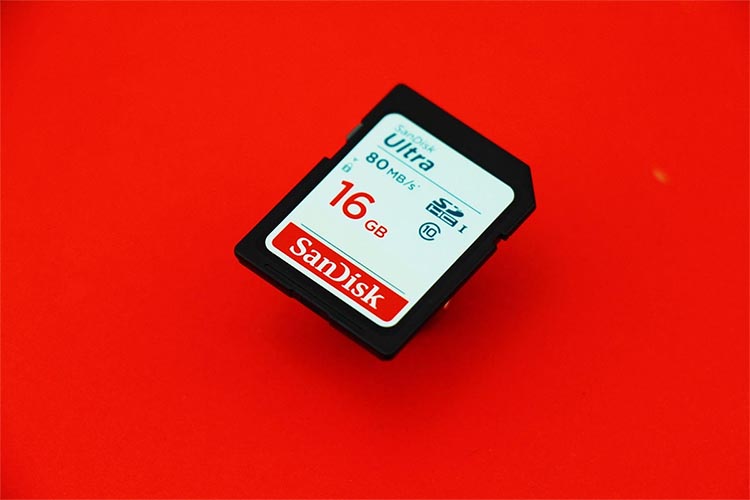
In terms of their physical appearance, SD and microSD cards might look similar based on their shape and structure, but they tend to differ considerably based on their size.
For instance, most microSD cards have a length of 11 mm, a width of 15 mm and a thickness of 1 mm. On the other hand, SD cards are a bit bigger with a general block size of 32 mm in length, 24 mm in width and 2.1 mm in thickness.
This also suggests that you will need a specific size when it comes to the card slot in the device that you need to put your memory card into. Device manufacturers usually take this into account while designing and producing it, although in some cases you might have to make adjustments of your own.
Security
There are a few differences between the security features in place in the SD card and microSD card. For instance, the SD card has the following security options in place:
- Mechanical write-protect switch
- Encryptions and passwords
- Read-only commands from the device
- Copyright protection
- Protection against weather and shock
Since the microSD card is a later development of the SD card itself, many of these security elements are retained here as well. However, the micro SD card does not contain a mechanical write-protect switch, rather relying on the device to give it commands and settle its security settings.
Many micro SD cards are also smart cards, having their own security features and encryptions in place.
Capacity
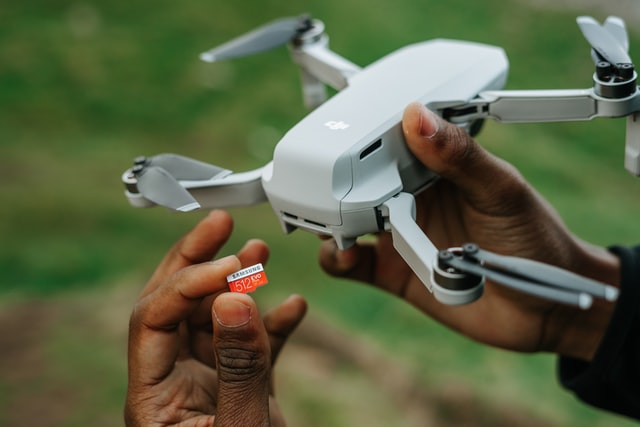
MicroSD cards have a maximum memory or capacity of up to 512 GB, while standard SD cards have a capacity of 2 GB. This might sound like a huge difference, but it is also important to consider the specific applications of each card.
Moreover, which standard the microSD card is can make a difference as well, with standards like SDHC reaching 32 GB and SDXC reaching as much as 2 TB.
Speed
Both SD and microSD cards have varying speeds, often indicated by their speed ratings. The larger the speed rating, the faster will the performance of the card be in terms of the reading and writing functions.
Speed classes like 2, 4, 6 and 10 indicate the number of megabytes per second. Higher speed classes like UHS also exist.
Both SD and microSD cards have different speed ratings, with microSD cards likely to have faster speeds. However, many advanced SD cards can now function rapidly as well based on the device they are used in.
Compatibility
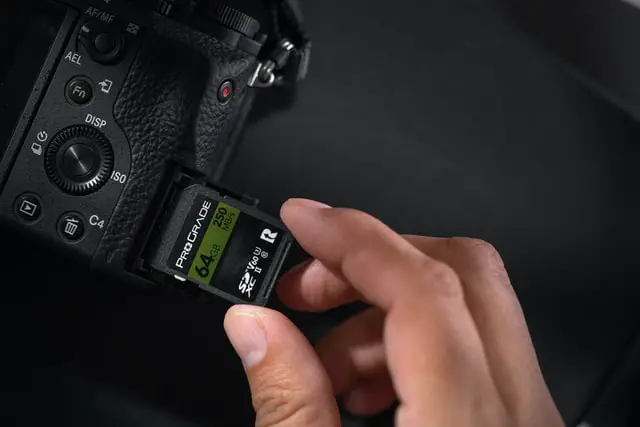
The SD card is most commonly used in devices like cameras (photo and video), MP3 devices, e-books, audio and visual devices and more. These usually will only accept the standard SD card.
MicroSD cards are more commonly found in phones, GPS devices and other such digital appliances and devices. You can, however, still use a microSD card in devices meant for full-sized cards by placing them inside an adapter and inserting the adapter in the slot. This can make these more widely applicable.
Read More:
Sandisk Extreme vs Extreme Plus Comparison
What’s the best SD card for 4K Video?

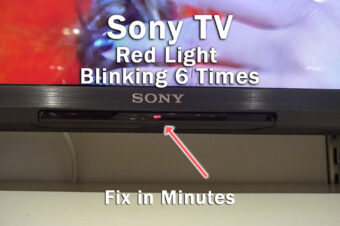




Leave a Reply